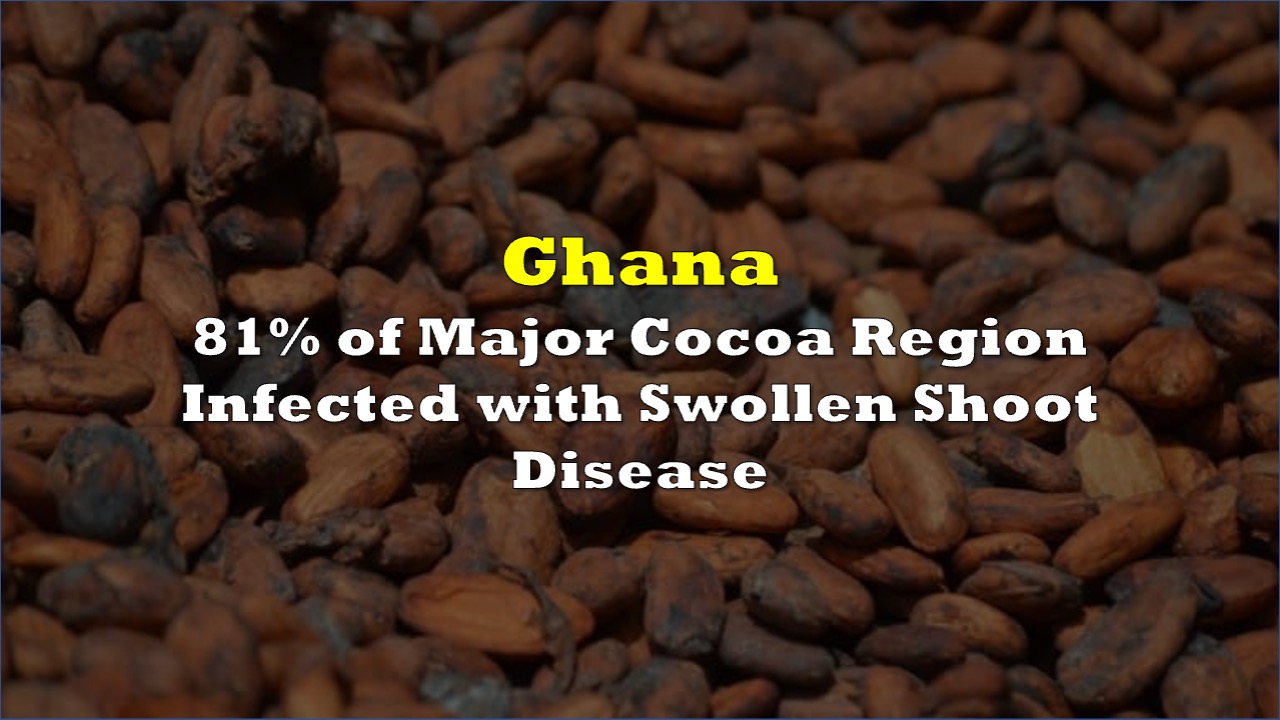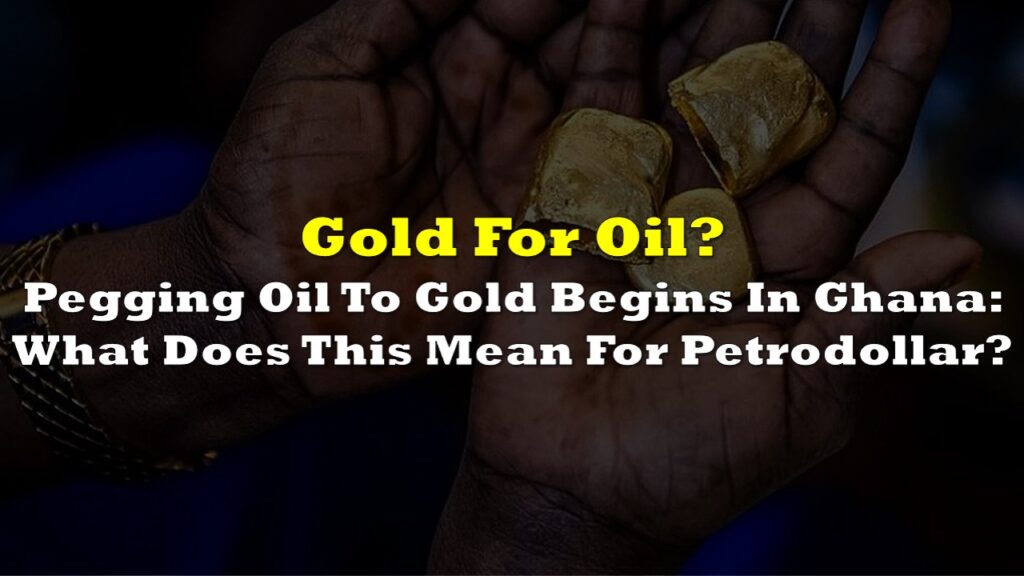Ghana’s cocoa production is facing a severe crisis due to the widespread outbreak of swollen shoot disease. According to the International Cocoa Organisation (ICCO), 81% of the Western North region, Ghana’s third-largest cocoa-producing area, is infected with this devastating virus.
The impact of this disease, coupled with adverse weather conditions, has led to a dramatic surge in cocoa prices, which have nearly doubled this year. Ghana and Ivory Coast, which together account for approximately 60% of the world’s cocoa supply, are both grappling with this issue.
Swollen shoot virus poses a significant threat to cocoa trees, initially reducing yields before ultimately killing the trees within a few years. The only solution is to uproot infected trees and treat the soil before replanting, a process that can take two to four years before new trees start producing beans.
Joseph Aidoo, chief executive of Ghana’s cocoa industry regulator, Cocobod, told Reuters that a total of 500,000 hectares across the country are infected, representing over 25% of Ghana’s cocoa-growing land. An additional 100,000 hectares are unproductive due to aging trees.
The situation is equally concerning in Ivory Coast, although authorities there have been less forthcoming about the extent of the outbreak. Steve Wateridge, a world expert on cocoa, estimates that up to 30% of Ivorian cocoa plantations may be infected.
These challenges, combined with illegal gold mining, climate change, and smuggling, have significantly impacted Ghana’s cocoa production. Traditionally producing over 800,000 tons annually, the country is expected to yield just over half that amount this season.

Information for this story was found via Reuters, and the sources and companies mentioned. The author has no securities or affiliations related to the organizations discussed. Not a recommendation to buy or sell. Always do additional research and consult a professional before purchasing a security. The author holds no licenses.









